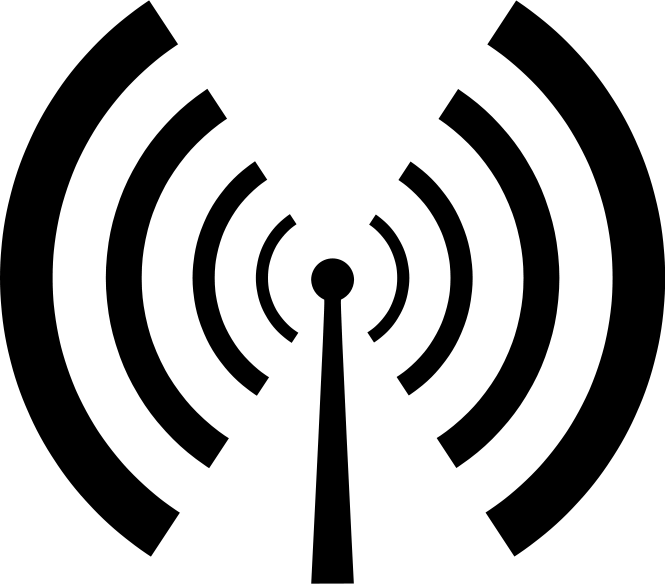 The telegraph, which shot tiny electric signals across the country on rickety wires, made it possible to distribute news great distances the moment it happened, in time for publication in the next edition of the newspaper. This would revolutionize war reporting during the civil war, with lists of each day’s casualties, etc. But the temptation to race new information into print also meant false information got published before it could be verified. 150 years ago, people’s complaints about Telegrams were identical to complaints you hear about Twitter: too short to be accurate, often inflammatory, idiotic. And because journalists could now report live from the battlefield, they did.
The telegraph, which shot tiny electric signals across the country on rickety wires, made it possible to distribute news great distances the moment it happened, in time for publication in the next edition of the newspaper. This would revolutionize war reporting during the civil war, with lists of each day’s casualties, etc. But the temptation to race new information into print also meant false information got published before it could be verified. 150 years ago, people’s complaints about Telegrams were identical to complaints you hear about Twitter: too short to be accurate, often inflammatory, idiotic. And because journalists could now report live from the battlefield, they did.
 Now the pace of change accelerates: Radio Developed by Tesla, Fessenden and Marconi, radio broadcast made it possible by 1920 to hear live broadcasts of the result of the presidential elections for the first time. This was the first medium by which people could remotely witness events as they happened. Just like the Internet, radio had to battle the established news business.
Now the pace of change accelerates: Radio Developed by Tesla, Fessenden and Marconi, radio broadcast made it possible by 1920 to hear live broadcasts of the result of the presidential elections for the first time. This was the first medium by which people could remotely witness events as they happened. Just like the Internet, radio had to battle the established news business.
“The radio news item is a vibration in the air, without record, without visible responsibility, without that incentive to accuracy that comes with print,” The New York Times wrote in a 1929 editorial. But Americans loved radio. So much so that it has occasionally been asserted that when the Depression hit, the last belonging a bankrupt family would give up was its radio.
When Apollo 11 landed on the moon on July 20, 1969, there was a television camera aboard and millions of people around the world watched it live. It was the biggest television audience to date. Here’s the irony about 1969. While we were celebrating live TV from the moon and the engineering of giant rockets for interplanetary flight, the Internet was already forming.
 ARPANET- created in 1969 - was set up as a means to share data and computing resources. UCLA hosted the first node on ARPANET, the second was at a defense contractor called BBN, the third at Stanford Research Institute. In October the first host-to-host message, an email, was sent from UCLA to Stanford. By the end of the year, the University of Utah and UC Santa Barbara were added to ARPANET, giving the network four host computers and the beginnings of the Internet. It wasn’t obvious this was the next big thing. AT&T was invited to be a part of the ARPANET project but declined, believing that “packet switching “ technology would never work. Like the press, telegrams, radio, and TV…it would take a while to catch on, but when it did, it changed everything…again.
ARPANET- created in 1969 - was set up as a means to share data and computing resources. UCLA hosted the first node on ARPANET, the second was at a defense contractor called BBN, the third at Stanford Research Institute. In October the first host-to-host message, an email, was sent from UCLA to Stanford. By the end of the year, the University of Utah and UC Santa Barbara were added to ARPANET, giving the network four host computers and the beginnings of the Internet. It wasn’t obvious this was the next big thing. AT&T was invited to be a part of the ARPANET project but declined, believing that “packet switching “ technology would never work. Like the press, telegrams, radio, and TV…it would take a while to catch on, but when it did, it changed everything…again.
.
